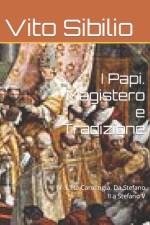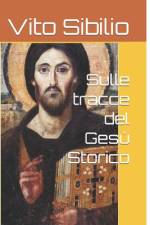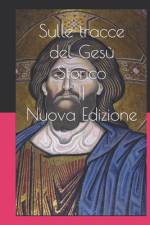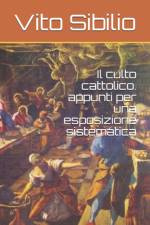- IV- L'Età Carolingia. Da Stefano II a Stefano V
av Vito Sibilio
241
In questo quarto libro dedicato ai Papi, al loro magistero e alla Tradizione della Chiesa Romana, l'Autore espone le vicende dell'età carolingia. Descrive anzitutto la caduta della dominazione bizantina, l'alleanza tra la Santa Sede e i Franchi, la sconfitta dei Longobardi e la nascita del Potere Temporale. Poi narra di Carlo Magno, dell'edificazione del Sacro Romano Impero, dei suoi rapporti con il Papato e di quelli che quest'ultimo ebbe con Bisanzio, per la soluzione della Prima Iconoclastia con il II Concilio di Nicea. Il racconto prosegue con le vicende dei Papi e degli Imperatori successori di Carlo Magno, attraverso la riforma della Chiesa Franca e le lotte dinastiche, nel quadro della Chiesa Imperiale. L'Autore passa poi a descrivere le vicende di quei Papi la cui azione, in questo periodo, accrebbe enormemente l'esercizio fattivo del Primato di Pietro, sia in Occidente che in Oriente. Il libro si conclude con la narrazione delle vicende del Papato e dell'Impero ai tempi del declino e della caduta di quest'ultimo. Un racconto con protagonisti di prim'ordine dal Nord Europa sino a Bisanzio, per un libro che completa i tre precedenti ma che si legge benissimo da solo.In this fourth book dedicated to the Popes, their magisterium and the Tradition of the Roman Church, the author exposes the events of the Carolingian age. First of all, he describes the fall of Byzantine domination, the alliance between the Holy See and the Franks, the defeat of the Lombards and the birth of Temporal Power. Then he tells of Charlemagne, of the building of the Holy Roman Empire, of his relations with the Papacy and of those that the latter had with Byzantium, for the solution of the First Iconoclasm with the Second Council of Nicaea. The story continues with the events of the Popes and Emperors successors of Charlemagne, through the reform of the Frankish Church and the dynastic struggles, within the framework of the Imperial Church. The Author then goes on to describe the events of those Popes whose action, in this period, enormously increased the effective exercise of the Primacy of Peter, both in the West and in the East. The book ends with the narration of the events of the Papacy and the Empire at the time of the decline and fall of the latter. A story with first-rate protagonists from Northern Europe to Byzantium, for a book that completes the previous three but which reads very well on its own.







